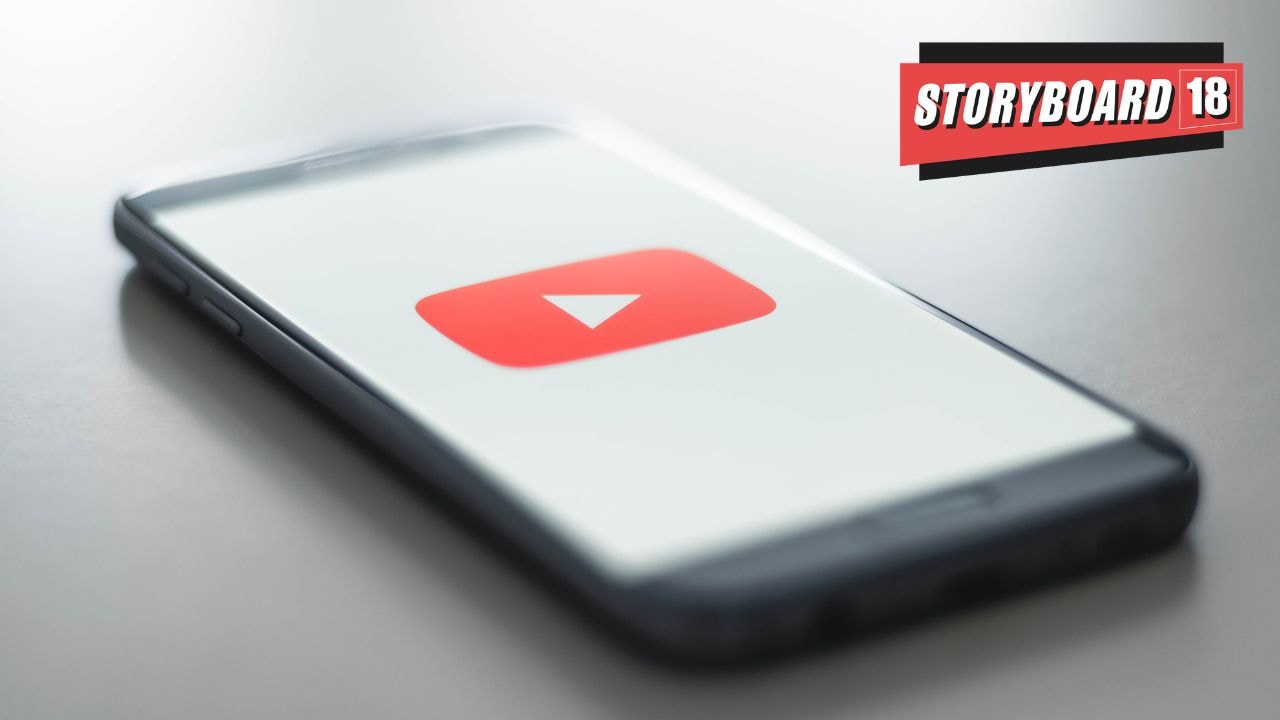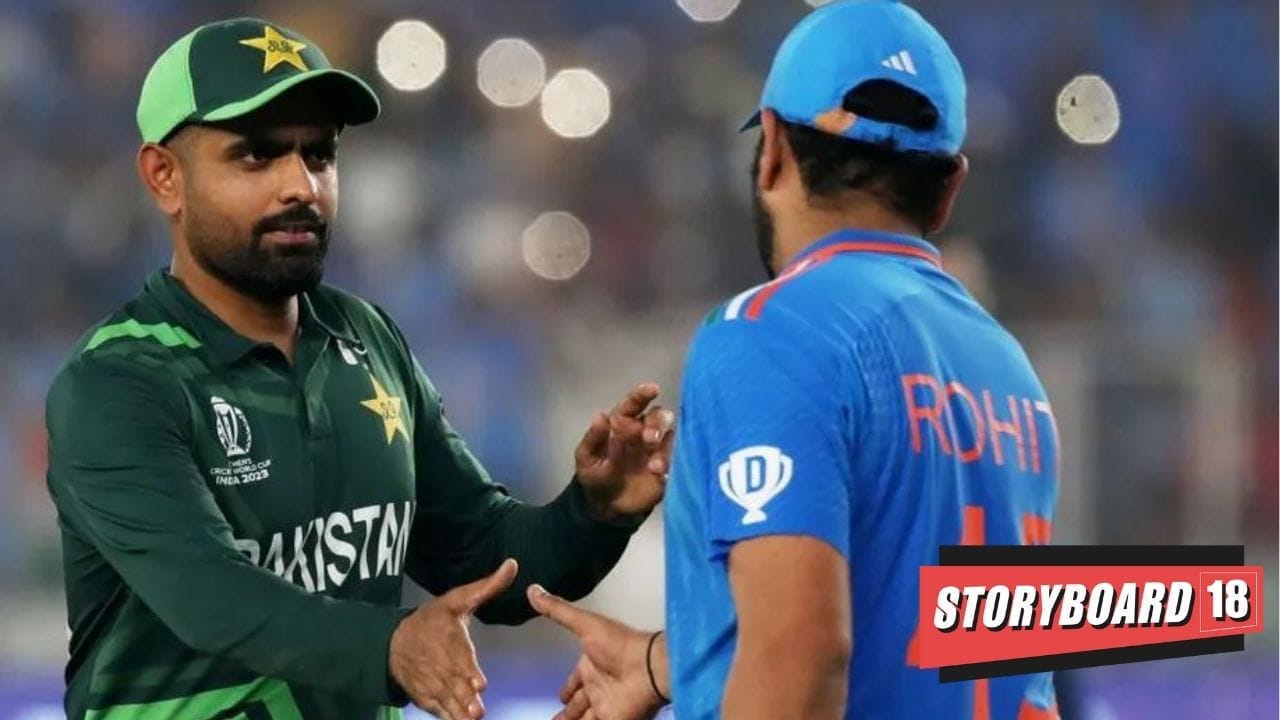According to the Australian Government Department of Foreign Affairs and Trade, the trade interests are inextricably linked. Australia’s two-way trade with ASEAN is greater than their trade with Japan or the United States, passing AU$178 billion in 2022.
Category: How it Works
YouTube says it has not detected child abuse content after MeitY notice
YouTube has submitted its formal response to the IT ministry after it issued notices to various platforms on October 6, directing them to remove CSAM content from their respective platforms.
Apple’s iPhone no longer commands the highest smartphone market share in China, say analysts
China accounts for nearly one-fifth or 19% of Apple’s overall sales and is its most significant overseas market.
Zee, SUN TV continued to face pressure in September quarter due to weak ad spends
The second half of FY24 is expected to bring some respite, thanks to the onset of the festive season and the 2023 Cricket World Cup. Chawla expects to see a gradual recovery in Zee and Sun TV’s advertising revenue, as FMCG companies have started ramping up spending, while new-age companies remain under pressure.
Brain Matters: Is a celebrity endorsement still worth it?
Once upon a time, celebrities stood out and pinned our senses to them. They anchored brands into consumer memory, because of the brain’s very same need to amplify the bizarre. But there is nothing bizarre about the celebrity anymore. If anything, they’re now mundane, write Prakash Sharma and Reshma Tonse.
Los Angeles 2028 Olympics: IOC Session approves inclusion of cricket, four more sports
Los Angeles Olympics: Baseball/softball, cricket, and lacrosse makes a comeback at the LA Olympic Games, while flag football and squash will make their Olympic debut.
India records highest ever passenger vehicles sales in September quarter, shows SIAM data
India’s passenger vehicle sales rose to 10.74 lakh in the July to September quarter, the highest ever in a quarter, from 10.26 lakh in the corresponding quarter the previous fiscal, SIAM data shows.
68 per cent women take charge of festive shopping; 27 percent have more savings leading up to this festive season
36 percent of survey respondents express their commitment to stocking up on traditional sweets and snacks.
Government urges YouTube to add disclaimers on channels spreading fake news
MeitY issues memorandum to combat online misinformation ahead of upcoming elections; plans for a stronger legal framework under consideration.¯
Makemytrip Ad: Lines one can and cannot cross & pitfalls of moment marketing in the social media age
Experts said social media gives everyone access and a voice so brands face flak for almost everything. But virality can backfire. In this case, some said the context was weak and incentivised a rival’s loss.








